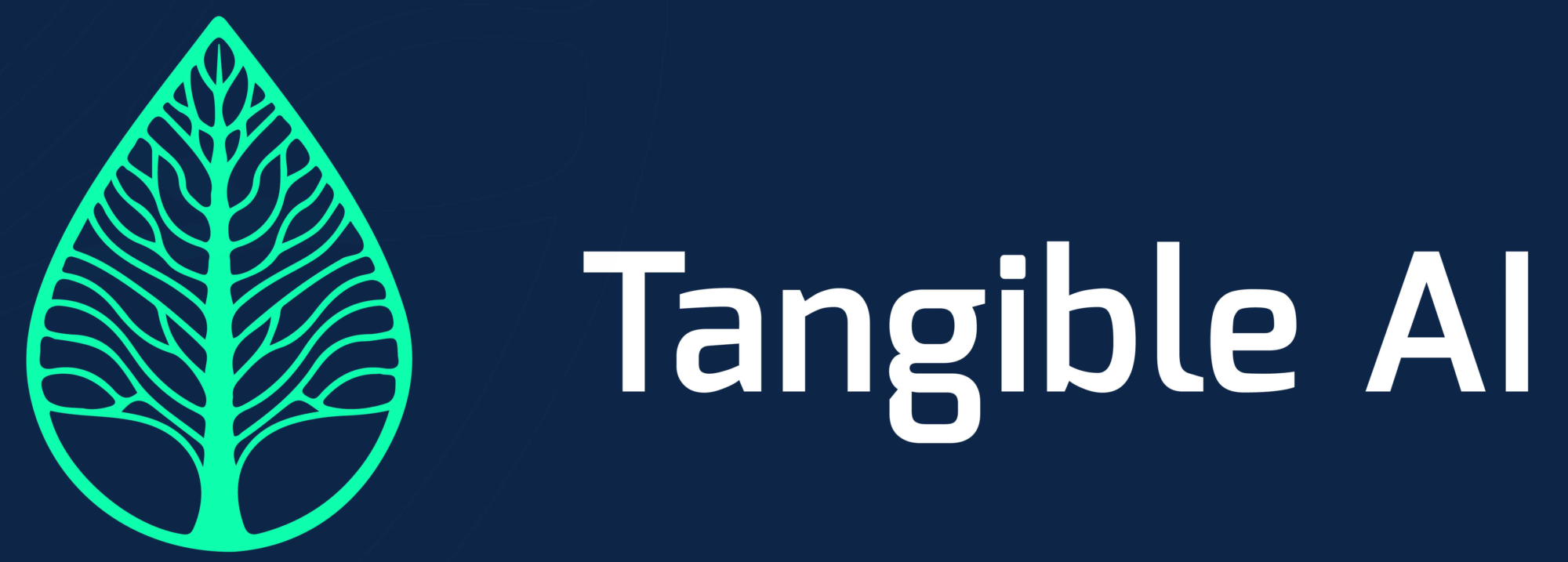Improve your chatbot by analyzing user messages in 5 steps (Part 2)
This is Part 2 in the post series about improving your chatbot by analyzing user messages. (You can read Part 1 here) Social impact organizations need to pay attention to what users say when communicating with their chatbot. Users often communicate with natural language responses, also known as “free-text” or “open” responses. Organizations may actually …
Improve your chatbot by analyzing user messages in 5 steps (Part 2) Read More »



